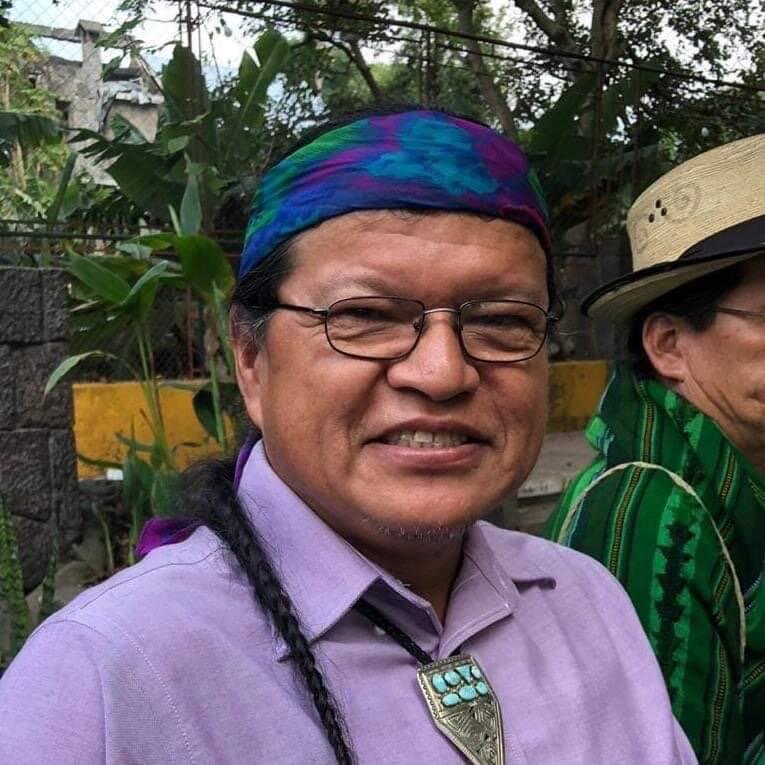PATRICK SCOTT
Patrick Scott Born in Tuba City, AZ in 1966 and raised in White Mesa (between Tonalea and Kaibeto, AZ), Patrick Scott is of the Bitterwater Clan, born for the Manygoats Clan. Patrick was raised very traditionally, and did not speak any English until he was introduced to the boarding school system at age seven. His childhood was spent herding sheep, horses, and cattle. Taking care of his family’s livestock was apart of everyday life. Patrick attended the Tuba City Boarding School beginning in third grade, and in 1985, he graduated from Tuba City High School. Upon graduating from high school, Patrick pursued higher education at Haskell Indian Jr. College in Lawrence, KS. Patrick earned an Associate’s Degree in Welding from Haskell, then moved on to Northern Arizona University in Flagstaff, AZ.
